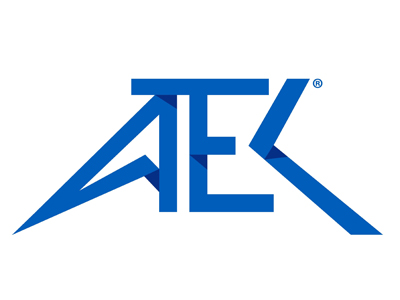How Hydrogen Infrastructure is Changing the Industry
Hydrogen infrastructure continues to evolve, driven by ongoing technological advancements. Many solutions have matured in recent years, and platform-based models are beginning to gain traction, with some already achieving measurable success. Across the hydrogen technology marketplaces, the focus remains on improving efficiency to reduce time and lower costs. This contributes to shorter time-to-market across the industry. Demand for low-code and open-source applications is increasing, enabling faster development and greater flexibility. At the same time, new requirements are emerging for operational concepts related to storage systems and fuel cells. Human-machine collaboration and cognitive systems are among the key trends shaping this next phase of hydrogen infrastructure development.
Many companies are also adopting Digital Twin technology, which creates digital representations of components and complete production systems. Engineers use virtual environments to develop and test technologies before deploying them on the production floor. Some providers are already introducing virtual or virtualized control systems. The early networking established during the initial phases of hydrogen infrastructure development is now enabling the creation of secure data spaces that multiple companies can access. This forms the foundation for visualizing equipment and processes, opening the door to new business models based on machine learning and predictive maintenance.
Continuation of Hydrogen Infrastructure
This new chapter in hydrogen infrastructure is defined by emerging applications and possibilities. In modern facilities, mobile robots optimize storage and transportation processes overnight, humans collaborate with AI systems, and intelligent models suggest actions to improve efficiency and safety. However, this progress also brings growing risks. Cybersecurity has become a top concern for industry decision-makers. While there is strong enthusiasm around hydrogen technologies and Industrial Internet of Things (IIoT) solutions, the associated risks and challenges remain significant.
Join us at the Hydrogen Infrastructure Summit 2026 to explore the latest advancements, tackle key challenges, and connect with leaders across the hydrogen sector.





































